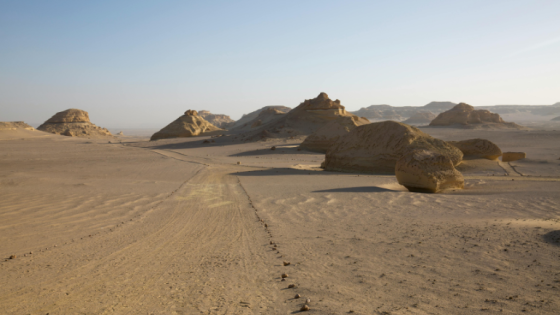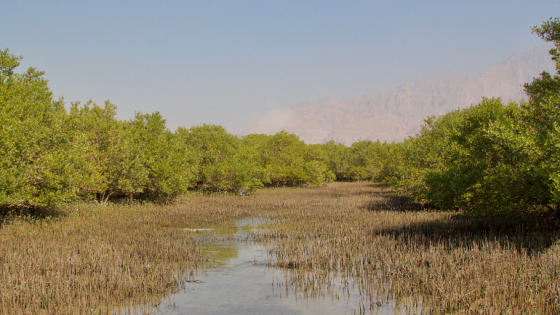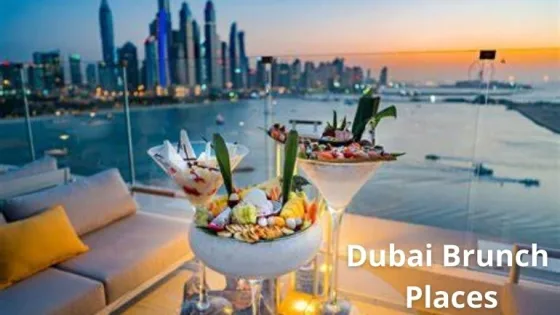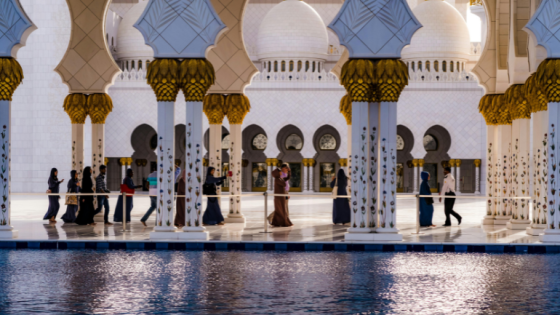Contents
- 1 UAE Desert Landscapes
- 2 What You Need to Know About the Land Frontiers
- 3 The UAE Deserts: Home to Exciting Species
- 4 Desert Plants with Several Critical Functions
- 5 UAE’s Famous Cultural Landmarks
- 6 Desert Biodiversity Threats
- 7 The Various Natural Landscapes in Abu Dhabi
- 8 Nature’s Sand Sculptures
- 9 The Warm Waters Along Abu Dhabi’s Coastline
- 10 The Emirate Green Guardians
- 11 Resilient and Sturdy Trees
- 12 Fascinating Biodiversity in Abu Dhabi
- 13 An Esoteric Landscapes
- 14 UAE Sand Dunes and Liwa Oasis
- 15 The Rugged of UAE Deserts
- 16 UAE’s Desert Landscapes Experience
- 17 UAE Ecosystems and Topography
UAE Desert Landscapes are stunning and enigmatic Arabian Desert! The desert is a complex habitat for people, animals, and plants due to its severe heat and scarcity of resources (food and water). Despite the rugged terrain, Emirati forefathers, the Bedouin (nomadic desert people who travelled from place to place across North Africa and the Middle East in search of grazing grounds), survived, making them among the most resilient people on the planet.
The UAE’s desert environment, once travelled by Bedouins, comprises plains, sand sheets, dunes, sabkhas, burqas, and mesas. Burqas and mesas are the local names for rocky outcrops and small jebels (mountains) in the western region, which have long been protected due to the late Sheikh Zayed’s spoken request. They contain distinct topographic features, serve important biological roles like nesting and denning places for birds and bats, and have high cultural importance.
Read more: UAE Green Spaces; Nurturing Nature Amidst Urban Landscapes
UAE Desert Landscapes
Desert landscape companies are the region’s leading landscape companies and have played a key role in transforming much of the arid Dubai landscapes into one of the world’s most visited cities. Focusing on projects of all sizes, with expertise for each component, from modest private gardens to enormous five-star hotel resorts. The portfolios include many of the region’s famed golf courses, iconic landmark hotels and resorts, government projects and public works, and a significant proportion of Dubai’s more upscale residential developments.
Clients’ preferred choice remains to provide a complete turn-key landscape service, beginning with initial concept plans and ending with an entirely constructed landscape that combines the latest irrigation systems, construction techniques, and finishes to create a sustainable and contemporary landscape. They are responsible for your landscape investment, providing professional landscape maintenance and high-quality and professional landscape maintenance services.
Read more: UAE Oasis Locations; Desert Oasis Al Ain Oasis Liwa Oasis locations oases in the UAE
What You Need to Know About the Land Frontiers
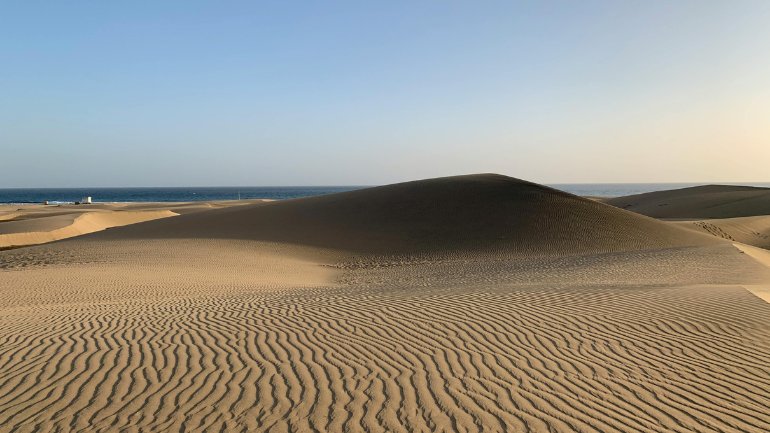
Deserts cover over one-fifth of the Earth’s landmass and around 80% of the UAE’s land area. Most deserts receive fewer than 25 centimetres of precipitation each year, which is insufficient rainfall. As a result, deserts have little or no vegetative cover. Only 10% of the world’s deserts are dunes; the remainder are hilly, rock, sand, or salt flats. Wind sculpts dunes, which can reach 180 meters (590 ft.). Tal Moreeb, near Liwa, is one of the UAE’s most renowned dunes, 300 meters tall.
Deserts are anything but desolate! Deserts frequently feature an extremely diversified environment, with numerous plants, animals, and other organisms evolving to survive the severe circumstances, limited water, and arid landscapes. Desert flora and animals developed to reduce water loss. They are highly efficient in absorbing, storing, and managing the little water they receive, allowing them to endure extended periods of drought.
The Ghaf tree, for example, has roots that may reach depths of up to 30 meters to obtain water. Several creatures have adapted to stay cool by going nocturnal and dwelling underground. Animal variety is significant, particularly among reptile species that thrive in hot and dry circumstances.
Read more: UAE Sand Dunes; Liwa Desert sand dune in Abu Dhabi & Dune Bashing in Dubai
The UAE Deserts: Home to Exciting Species
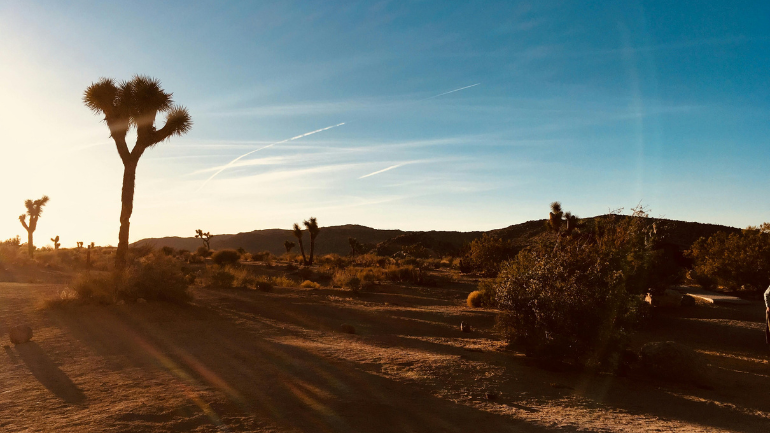
Desert eagle owls roost and breed in trees, including Ghaf, Samur, and Arabian Gum. Desert shrubs include the native Haloxylon salicornicum (Rimth) and tiny trees like Haloxylon persicum (Ghada). Breeding birds include the Greater Hoopoe-lark, Black-crowned Finch-lark, Crested Lark, Southern Grey Shrike, and Cream-colored Cursor. A diverse range of creatures, including the Sand Cat, Houbara, Barbary Falcon, Rupell’s Fox, Sand Gazelle, Arabian Oryx, Arabian Sand Gecko, Egyptian Spiny-tailed Lizard (Dhub), Desert Monitor, Arabian Horned Viper, and Yellow-Spotted Agama.
Read more: UAE Mangrove Forests; National mangroves forest in Emirates Dubai, Abu Dhabi
Desert Plants with Several Critical Functions
Contributing to dune stabilisation by repairing dunes with their roots, providing traditional medicine for humans, and providing animal food and shelter. Plants, which form the foundation of the food chain, aid in water retention and provide water and nutrients to many animal species.
Read more: The Ultimate Guide to the Best Dubai Brunch Places
UAE’s Famous Cultural Landmarks
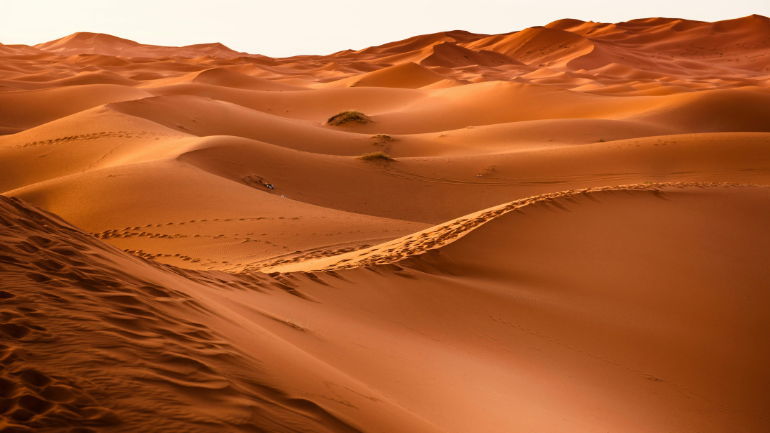
Some of the deserts in the UAE include the Arabian Desert, also known as the Empty Quarter (Rub Al Khali in Arabic), which is located in the southwestern portion of the UAE, within the emirate of Abu Dhabi, the Gulf of Oman Desert, which stretches from Fujairah to the north-eastern coast; and the Hajar Mountains.
UAE authorities have designated several desert areas protected areas in Dubai, like Al Marmoom Reserve and Dubai Desert Conservation Reserve. in Fujairah, Wadi Wurayah and Sharjah, Mleiha, Al Hafeya, and Wadi al Helo. Abu Dhabi Protected Areas are Al Tawi, Barqa Al Suqoor, Badaa Hazza, Al Houbara, Yaw Al Dibsa, Al Ghada, Arabian Oryx and Protected Area Qasar Al Sarab, Al Ramlah, Al Dilfaweya, Al Bida’a.
Desert Biodiversity Threats
Desert soils need a long time to recover from environmental disturbances due to the desert’s dry climate. This renders desert environments susceptible to human activity, such as:
- The Climate change
Water holes dry up when rainfall decreases, and drought intensifies.
- Extraction of Unsustainable Groundwater
Water is a valuable resource in deserts; many people store it underground (aquifer). The majority of this water is being taken for cultivation. These stores are susceptible to over-extraction.
- Destruction of lost Habitat
Construction of dwellings, business establishments, other infrastructure, and cattle overgrazing.
- The Leisure Activities
Off-road driving, dune-bashing, and camping can all cause ecosystem degradation and disruptions through terrain alteration, noise pollution, and litter. Litter left behind poses a risk to desert species, including camels and gazelles. Unfortunately, many animals cannot digest their food due to the amount of plastic in their digestive tract. The community plays a significant role in protecting the environment and conserving biodiversity.
Read more: UAE Local Customs Insights: Cultural Understanding
The Various Natural Landscapes in Abu Dhabi
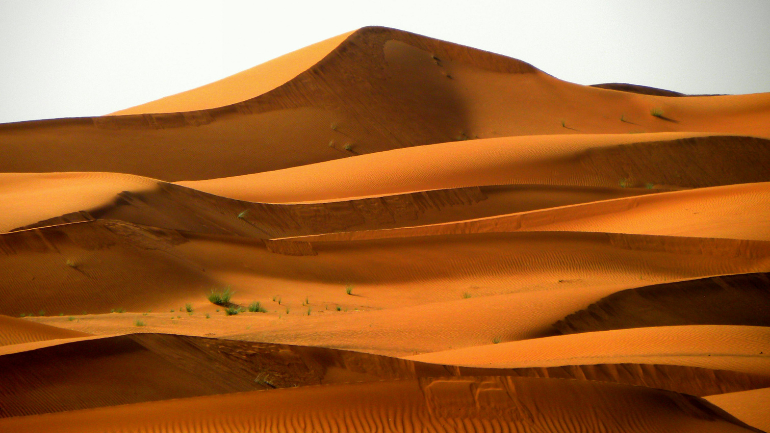
When visiting Abu Dhabi, large desert landscapes will most likely come to mind. This is unexpected given that the emirate’s western sector includes a portion of Rub’ al Khali (the Empty Quarter), the world’s most enormous tract of continuous sand, covering around 250,000 square miles (650,000 square kilometres). However, the UAE’s natural beauty extends beyond the desert, including wadis, oases, mountains, and wildlife reserves. The inhabitants of this country developed a close relationship with nature, frequently needing to adapt to adverse weather conditions.
Nature’s Sand Sculptures
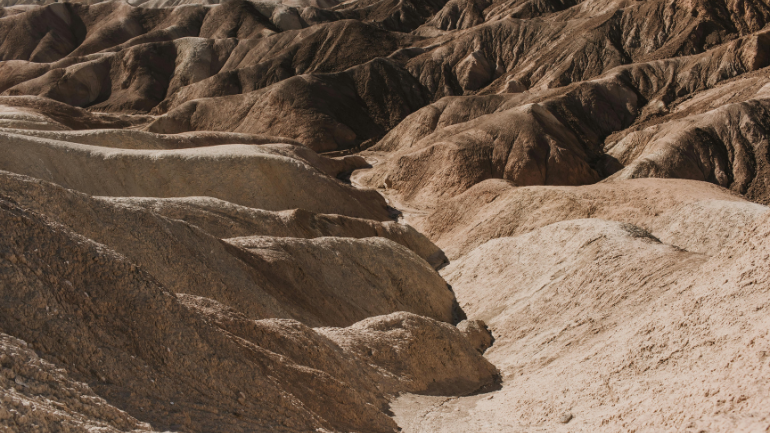
The impact of natural forces on the UAE dates back millennia, as illustrated by Abu Dhabi’s fascinating fossil dunes. More than 1,700 of these dunes rise from the surrounding desert-like waves frozen in time. The dunes are said to have formed over thousands of years due to ice age and thaw cycles. The Al Wathba Fossil Dunes Protected Area allows tourists to see the dunes up close. The Environment Agency of Abu Dhabi oversees their protection and conservation.
Read more: Sharjah Historical Places: Explore Timeless Wonders
The Warm Waters Along Abu Dhabi’s Coastline
Abu Dhabi is home to fossil dunes and overlooks one of the world’s warmest waters. The emirate’s warm seas have created biologically diverse ecosystems that benefit the environment. Examples of these habitats can be found in Jubail Mangrove Park and Mangrove National Park, which have distinct species.
Read more: UAE Ancient Landmarks Tour: Discover History
The Emirate Green Guardians
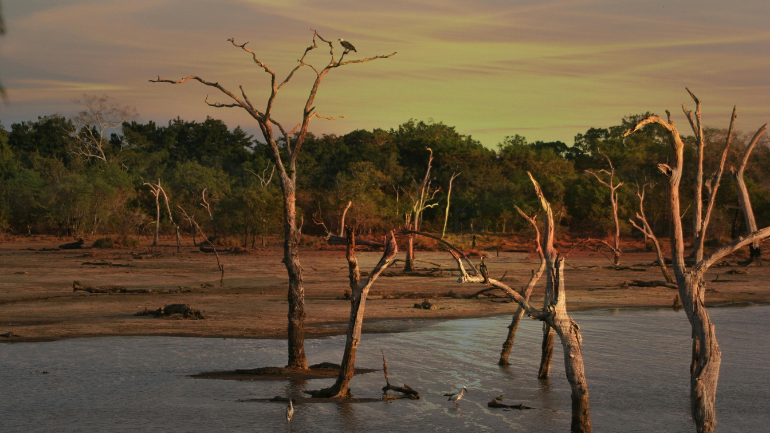
Mangroves abound along Abu Dhabi’s coastline, distinguished by their invisible roots that appear to hold the water. Jubail Mangrove Park is a mangrove reserve that promotes ‘awareness, appreciation, and knowledge of the critical biological role of mangrove environments.’ These unique trees safeguard the shoreline from increasing sea levels and storms while preventing carbon from entering the atmosphere by acting as carbon storage. Mangroves become increasingly vital as we confront the reality of climate change.
Read more: UAE camping locations; top 12 spots for unforgettable experience
Resilient and Sturdy Trees
Most vegetation does not thrive in a highly salty sea. Mangroves, tough and sturdy trees, are an exception because of their excellent salt tolerance—they survive amid mud and sandbanks flooded with seawater. The trees serve as a buffer between marine and terrestrial environments, making them essential to the coastal locations where they grow. They also provide optimal living conditions for various creatures, including oysters, crabs, and sponges. Perhaps most fascinatingly, mangroves operate as filters, absorbing contaminants such as nitrates from the water.
Mangroves play an important role in addressing the growing issues of climate change. With this in mind, 350,000 mangrove seedlings were planted at Jubail Mangrove Park in early 2022 to assist buffer future climate-related changes.
Read more: Discover the Best Dubai Beach Wedding Venues, Plan Your Dream celebration
Fascinating Biodiversity in Abu Dhabi
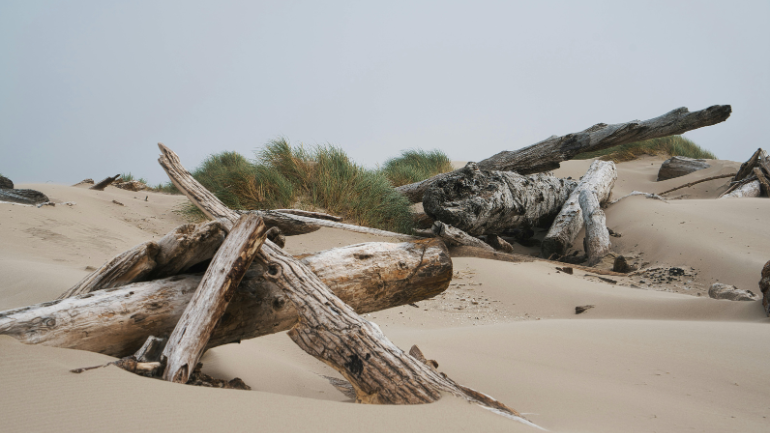
Beyond the mangroves, Abu Dhabi has many additional areas of intriguing wildlife. Various reptile species, such as the wonder gecko and monitor lizard, graze on insects and other invertebrates in desert settings to help keep them balanced. Abu Dhabi’s seas support the world’s largest population of endangered Indian Ocean humpback dolphins. At the same time, on land, there are a variety of substantial terrestrial mammals, including the Arabian oryx, sand and mountain gazelle. Many of these creatures may be viewed up close in the Arabian Wildlife Park on Sir Bani Yas Island.
Read more: Dubai miracle garden; Attractions, Tickets & Timings
An Esoteric Landscapes
Jebel Hafit Desert Park is located further inland than the capital. The jagged, muted, and almost otherworldly environment provides a rugged landscape for visitors to discover. The park, located at the base of Jebel Hafit Mountain, one of the country’s highest peaks at 3,800 feet (1,160 meters), preserves the area’s distinctive biodiversity and rich history. It is home to 5,000-year-old oval-shaped graves from the Bronze Age when the early residents of Al Ain interred their dead.
Artifacts discovered during excavations revealed trade contacts between ancient Mesopotamia, including sections of Syria, Turkey, Iraq, Iran, and the Indus Valley. Visitors can sleep overnight in the park to look at this fascinating landscape.
UAE Sand Dunes and Liwa Oasis
Oases in an otherwise dry location provide a refuge for developing resilient flora. The stark contrast between oases, palm trees, and tall orange-red dunes is breathtaking in the desert. Liwa Oasis, located on the northeastern edge of Rub’ al Khali, is irrigated by a water table close to the surface, allowing crops such as date palms to grow for generations. This makes the oasis essential to many of the emirate’s outlying communities.
The Rugged of UAE Deserts
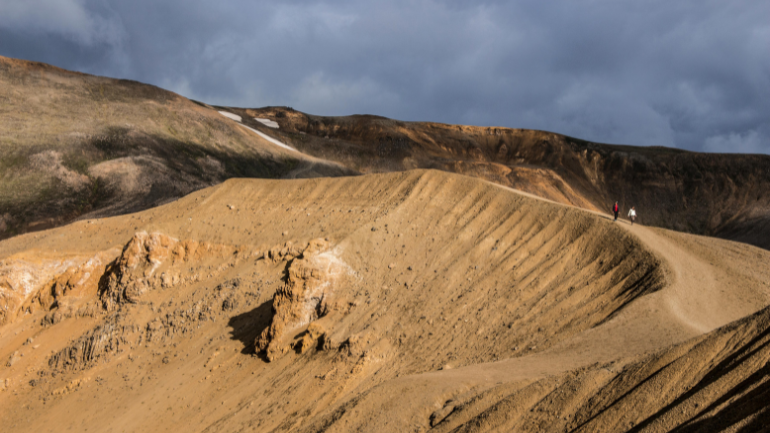
Traversing the desert’s typically harsh conditions is a challenging task. The camel is a hardy animal that has traditionally supplied people in the UAE with dependable transportation through rugged desert terrain. Camels were employed to deliver goods like food, wood, and plants. Camel racing is a critical and popular activity in the UAE, demonstrating the animal’s ongoing significance in local culture.
Read more: UAE Traditional Sports: A Passion for Sporting Activities in the Desert
UAE’s Desert Landscapes Experience
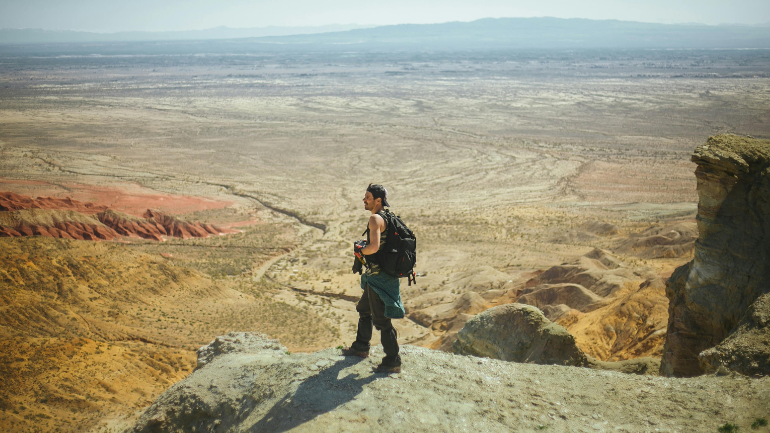
You’ll appreciate exploring the UAE’s desert landscapes. It is among the most popular holiday spots in the wonderful Middle East. Safaris are among the most exhilarating adventure activities. You will also like exploring the desert safaris. The Liwa Desert is the favoured destination for seasoned dune bashers. If you get up before sunrise, you will be in for the biggest treat of your life because the weather is the coolest during the early hours of the day. Tourists are fortunate to enjoy each aspect of the desert, from the breathtaking sunrise to the sunset in the evening.
Read more: Dubai food tours, Explore the culinary delights of the city
UAE Ecosystems and Topography
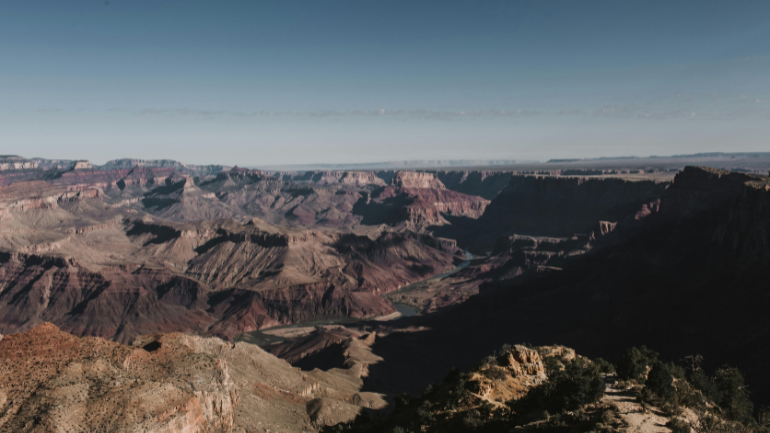
The UAE’s natural environment is diversified, with four major types of ecosystems: desert ecosystem, mountain ecosystem, coastal and marine ecosystem, and wetlands ecosystem.
The Desert Ecosystem
The desert is the dominant scenery, extending from the Arabian Gulf’s southern shore to the Empty Quarter’s desolate dunes (Rub Al Khali). To the east are the gravel plains that border the Hajjar Mountains.
The Mountains Ecosystem
Hajjar’s steep mountains rise sharply to an elevation of 2000 meters. Wadis, or dry riverbeds, lead out into rich plains.
The Coastal and Marine Ecosystem
The UAE’s oceans are home to various fish, invertebrates, and marine mammals. The UAE recognised the decadent and unique environmental biodiversity of Abu Dhabi’s southwest seas and Marawah Marine Biosphere Reserve, Jebel Ali in Dubai, Sir Bu Na’air Island, and Khor Kalba in Sharjah. They are of global biological and ecological significance. The marine ecosystem protects beaches from erosion and helps to mitigate climate change.
Read more: The Ultimate Guide to Dubai Family Travel Advice, and Must-See Attractions
What is the landscape of the UAE?
The UAE is predominantly an arid region with enormous sand deserts, but it also has dunes, oases, rock mountains, valleys, marshes, mangroves, and salt plains. The oasis is primarily made up of date palms, most of which are in the Emirate of Abu Dhabi.
What is the desert in the UAE called?
The Arabian Desert, also known as the Empty Quarter (Rub Al Khali in Arabic), is located in the southwestern part of the UAE, within the emirate of Abu Dhabi. Al Khatim Desert is located between Abu Dhabi and Al Ain.
What are the features of the UAE desert?
The UAE’s desert terrain, once travelled by Bedouins, comprises plains, sand sheets, dunes, sabkhas, burqas, and mesas.
What are landscapes in the desert?
First-time desert visitors are frequently astounded by the strange scenery, which might feature dunes, towering naked peaks, flat-topped rock formations, and beautifully polished canyons. These characteristics differ from those found in wetter places, frequently softly rounded by consistent rainfall and softened by lush flora.
The UAE desert landscapes play an important role, and we must all do our share to protect them. There are numerous methods to make a difference. There are various ways to enjoy the desert, including nighttime dune walks, storytelling around the campfire, camping, spotting animals, and stargazing. “I love the desert. “Whenever I feel exhausted, I travel there to regain my vigour,” declared the late Sheikh Zayed bin Sultan Al Nahyan, the founding father of the United Arab Emirates.
